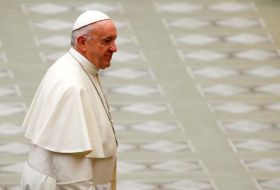With ordinary traffic lights, autonomous vehicles don’t improve traffic flow at all in most cases, according to computer simulations by Carlos Gershenson and Jorge Zapotecatl at the National Autonomous University of Mexico in Mexico City. It’s only when traffic reaches near-gridlock that autonomous cars boost efficiency – and by just 7 per cent.
But it’s a completely different picture if autonomous cars use roads where intelligent traffic lights have been installed. In this scenario, traffic flow improves 200 per cent compared with drivers and ordinary traffic lights, according to Gershenson and Zapotecatl. It also means the grid can handle much higher densities of traffic before becoming jammed.
The smart traffic lights used in the simulations are very simple. Each set has sensors that detect how many cars are approaching on each street and give priority to those with more traffic at any given time.
This set-up doesn’t require any communication between the self-driving cars and the traffic lights. All that the cars have to do is detect the colour of the lights ahead. “The advantage of autonomous vehicles is basically that they can react much faster to changes of speed,” says Gershenson.
Steven Shladover at the University of California, Berkeley, is critical of the model’s assumption that the amount of time different traffic lights are green for in a given direction will even out over time. He says a more realistic scenario would be for lights to be programmed to display green for longer periods on roads with heavier traffic.
But Gershenson defends the smart lights used in the simulation. They were inspired by traffic flow in Mexico City, he says, which is roughly equal in all directions, so it doesn’t make sense to favour any particular one.
Shladover is also unconvinced that even smart traffic lights can ease city gridlock. The limitation on an urban traffic grid, he says, is the time it takes a vehicle to start moving when a traffic light changes to green, something autonomous cars don’t improve.
More about:
















































